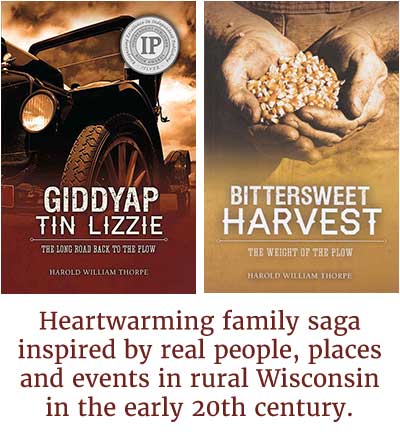I’ve always been entrepreneurial, but my best idea was struck down before seeing the light of day. When perusing some obscure magazine in 1979, I read about mini-warehousing. A new craze had hit the coasts—warehousing for the apartment owner who had lots of stuff but no place to store it. I read all the information I could find and then proceeded to determine if Fox River Valley residents were interested.
As a researcher, I knew a bit about taking surveys. While I wasn’t a survey expert, I was sure I could conduct a simple survey. I employed a couple students to help gather information. Using the phone book, we identified apartment houses and residents’ telephone numbers, which we used to develop a random sample consisting of about 20 percent of the apartment buildings’ total population. My helpers made the telephone calls, asking a few straightforward questions, such as: “Do you have enough storage space?” “If given the opportunity, would you pay for additional storage?” “Would you pay $20 a month for a twenty-foot-by-eight-foot storage space?”
The results were exciting. A high percent of our respondents wanted extra space, and they’d pay for it. I knew that self-report isn’t always reliable. I generally resist relying on self-report when doing my studies. A respondent saying they’ll do something doesn’t always translate in them actually doing it. Our national political pollsters have discovered that reality during the last several election cycles.
First, I constructed a prospectus that highlighted my survey results and showed a tentative schematic of the planned buildings, including unit sizes and the various unit costs. Because I had no mini-warehouse experience, and being a bit skeptical of the survey information, I projected a fairly high vacancy rate.
I pitched my proposal to two Appleton, Wisconsin, banks, and after reviewing my prospectus, they expressed interest in making the loan. I worked with a local Realtor to identify a property that was located near numerous apartment complexes. That’s when I encountered my first problem. The city zoning commission wasn’t sure that a mini-warehouse would comply with the zoning requirements in that area. Some officials believed that all warehousing should be located down by the railroad tracks.
They knew nothing about mini-warehouses. Some members of the approval committee didn’t understand that a mini-warehouse wasn’t a mega-size storage building; rather, it was more like a homeowner’s garage.
While I continued to present information to the city’s zoning commission, the second obstacle arose. Our nation’s interest rates began zooming skyward. I’d planned to make this project as financially safe as possible, so I’d allowed for a maximum interest rate of 12 percent. Though that sounds outrageous by today’s standards, it was in the acceptable range at that time. While I continued to persuade the city about zoning, the national interest rates edged upward toward that 12 percent limit. But they didn’t stop there. Business interest rates passed 12 percent and continued to skyrocket, not stopping until they reached a high around 20 percent in 1981—far too rich for my blood.
I made another mistake. I left my prospectus with the bankers. Two years, later a mini-warehouse was located on the spot that I’d selected. And today, mini-warehouses dot the landscape. You can’t drive two miles from my home without passing a complex.
But good ideas hang around. Now, forty-one years later, my son is in the process of constructing a mini-warehouse complex, including a new kind of storage system. They say what goes around comes around. But let’s keep our fingers crossed, hoping that my interest rate experience doesn’t come around again—not for a long, long time.









